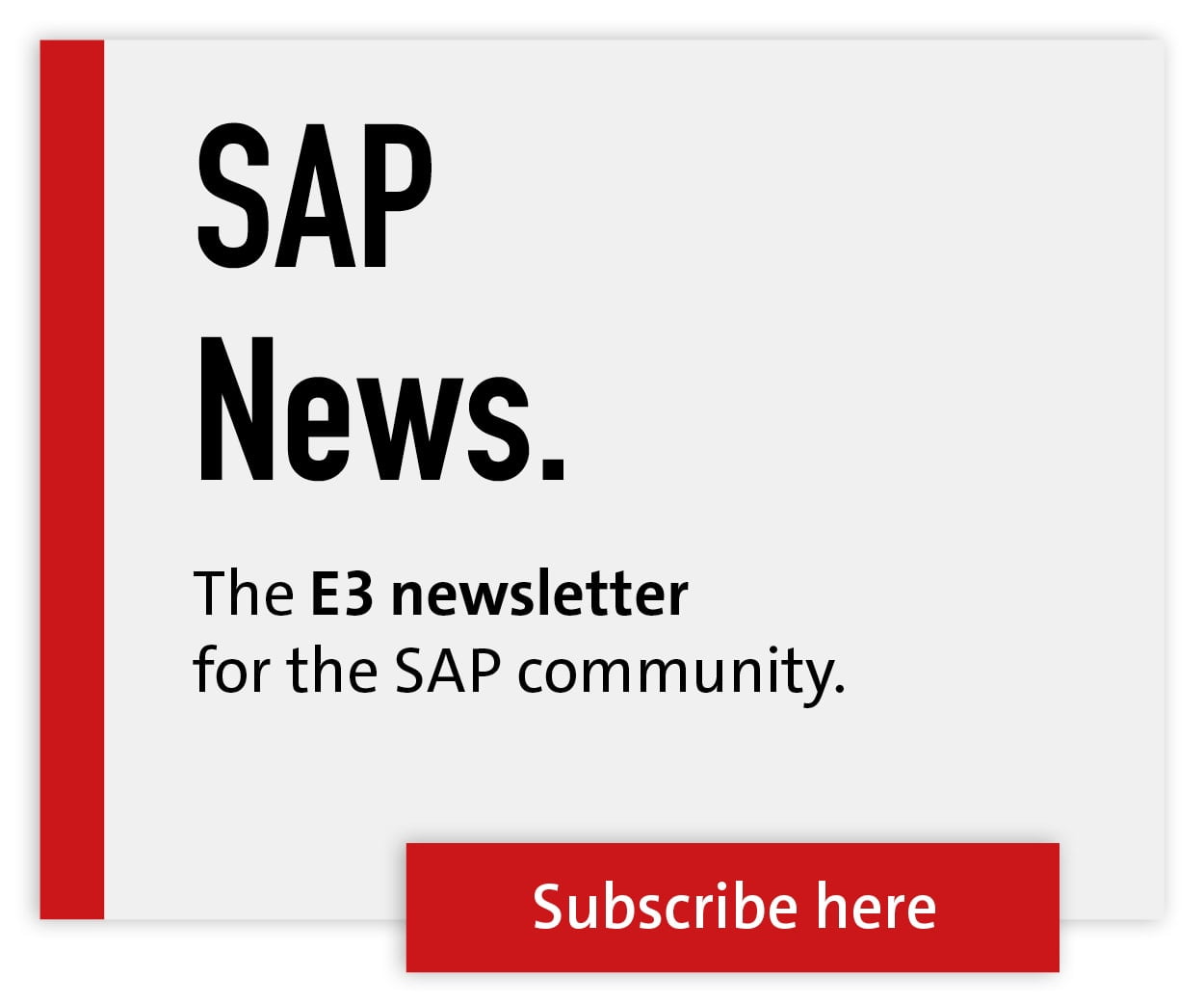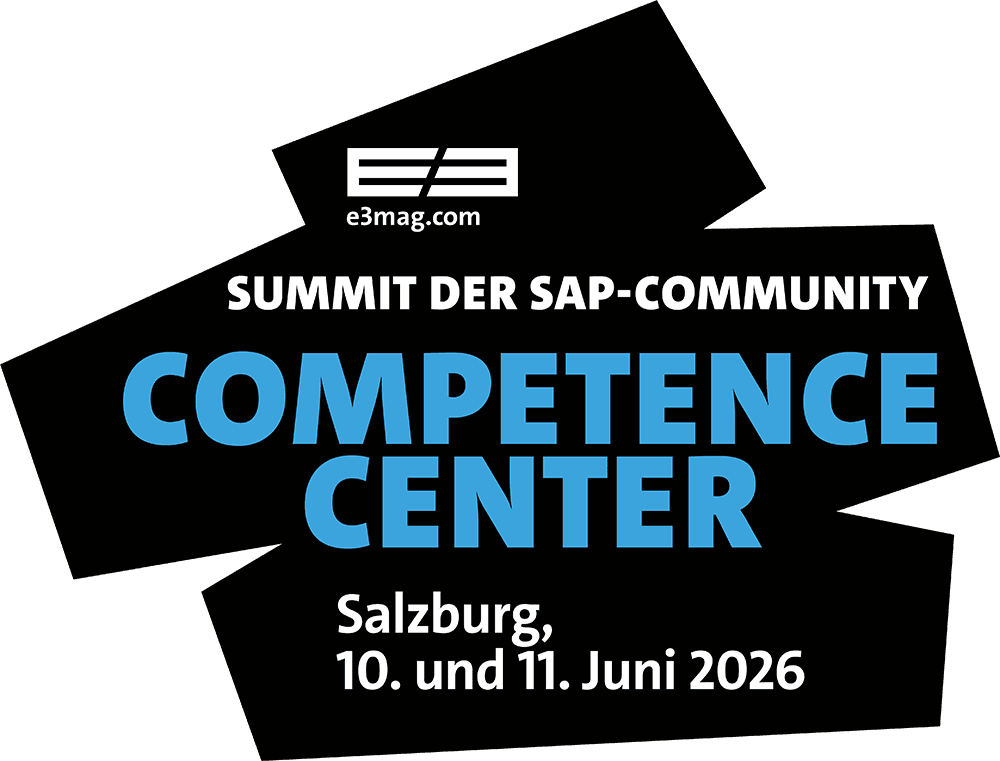Next Generation Workforce Management


The role of HR is changing. Whereas in the past, HR departments were strongly characterized by administrative activities—such as time recording, shift planning, and absence management—today the expectation that HR actively contribute to the company's value creation is increasingly coming to the fore. The HR function of the future will no longer just take on operational tasks, but will actively shape HR strategies, promote employee development, and become a strong decision-making partner for management. In many companies, however, this change is still in its infancy. The reasons for this often lie in the time and system-related commitment to manual or less flexible planning processes, which do not easily allow the HR department to realign its role.
SaaS solutions as enablers
The shift of HR processes, and workforce management in particular, to the cloud is creating new opportunities. The next generation of workforce management solutions relies on cloud-based architectures and is increasingly being offered as software as a service (SaaS). This development is not only changing the technical framework, but also the way in which companies organize their HR processes and how HR departments can operate. Cloud-based provision eliminates high barriers to entry such as complex infrastructures or rigid license models.
Instead, SaaS solutions enable flexible use that is geared towards actual needs, allows mobile access, and is continuously developed by the provider. However, the decisive added value of these systems does not lie in the technology alone. Cloud- and SaaS-based workforce management platforms automate many administrative processes that used to be quite time-consuming. Time recording, shift planning, and absence management can be managed with significantly less effort. Self-service functions for employees and managers ensure that many requests and adjustments can be processed digitally.
This relieves the HR department of routine tasks and frees up time for strategic issues. At the same time, innovative systems provide a completely new quality of personnel and deployment planning thanks to the availability of real-time data. Personnel capacities, cost trends, and workloads can be analyzed at any time. This enables HR to make data-based decisions and react flexibly to changes in personnel requirements planning. The classic, retrospective view is replaced by proactive, forward-looking, holistic workforce management that is closely aligned with the company's operational and strategic requirements.
Another advantage of Next Generation Workforce Management is the direct involvement of employees. Mobile solutions and self-service portals increase transparency and autonomy in dealing with working hours, shift swaps, and vacation requests. This can sustainably increase employee satisfaction and acceptance of new working time models. At the same time, the flexibility of SaaS solutions supports the mapping of individual and hybrid working concepts, which are becoming increasingly important in many industries today.
Automation, real-time transparency, and greater flexibility are permanently changing the role of the HR function. HR departments, which were previously strongly characterized by operational activities, have the opportunity to develop into a strategic business partner. This means that HR can actively contribute to corporate strategy, for example through forward-looking capacity planning, the development of new working time models, targeted employee retention measures, or the establishment of competence and skills management structures that ensure future business success.
For this transformation to succeed, companies need to create a few key prerequisites. Selecting a flexible, scalable workforce management solution that integrates seamlessly into existing IT landscapes is just as important as systematically training employees and promoting acceptance of new processes. Data protection must also be a top priority for cloud-based HR solutions, as sensitive employee data is processed and stored. Furthermore, the new role of HR also requires a reorganization within the organization. The HR department itself must be prepared to actively develop its responsibility and its contribution to the company's success and establish data-based decisions as an integral part of its work.
Outlook: The future of the workforce
The transformation of workforce management to the cloud is a strategic lever for companies to increase their own competitiveness and position HR as a future-oriented driver of the organization. In the future, real-time planning, AI-supported personnel demand forecasts and greater integration of workforce management, talent development, and employee experience will be key success factors—on a central platform. For HR managers, this means more transparency, more control options, and more time for strategic tasks. The future of workforce management is dynamic, individual and AI-supported—with flexible working time models and data-based decision-making tools that support HR teams in not only managing their workforce, but also actively developing it.






